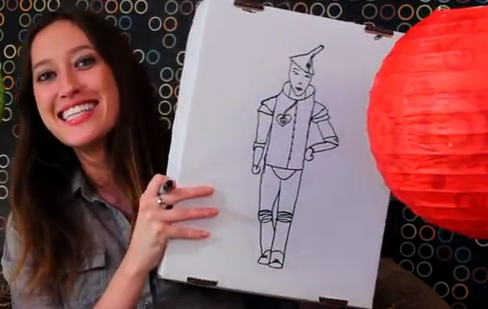We’re used to turning on a tv, computer, or radio and getting news free. This is a follow up on a growing practice in news, and a reminder that news is not free. Three Washington D.C. stations are the latest to participate in a video-sharing venture. A camera pool of photographers from each station will cover routine assignments like press conferences, and spot news events. In short, tv stations are finding ways to cut costs, and save money by having less staff. News isn’t free, someone has to pay the bill.
On one side there are those who say there’s no need for a half dozen photographers to show up for the same event. Stations say this causes duplication, and prefer that one person cover the event. The other side will tell you there was once a sense of pride, competition, and independence in being the one station from all the others that covered an event differently.
Stations in Boston, and Chicago are sharing video. Three Philly stations are sharing as well. Now stations in Atlanta are pooling resources to share almost a third of the total video in a typical newscast. I think I know where this is going, soon you’ll hardly be able to tell one newscast from the other.
Can you blame the public for tuning out news altogether. How many people do you know (especially those under 40) who make an appointment to watch the 6 o’clock news? The public is responding by having their own army of photographers called citizen journalists. They’re fed up with the media, and feel ignored when it comes to the reporting of real news in their community.
Suddenly instead of having one viewpoint from an established tv or newspaper company you have dozens of voices, and viewpoints. Citizens are armed with cameras, and are going around reporting what they see, giving insight to things people don’t see. Most importantly giving their perspective of news in their own neighborhood. CNN, The major broadcast networks, and even major newspapers are embracing citizen journalists. I think it’s a good idea.
In researching the topic I’ve come across some key words. They are, Participation, Perspective, and Personalization. You certainly get the three “P’s” covered from the citizen journalist. I’ll add another “P,” Preparation. I feel a little training is helpful. It’s meant to guide people in becoming better storytellers. No one wants to look at a story in which the video looks like it was shot in a stampede. You know like “Uncle Steve’s” home movies that seem to run for hours on end. There’s the family get together, the birthday party, the Quincinera.. Four hours of shaky footage, with no story, no real structure. The other type of training invloves an ethics class. After all viewers, and readers seek the truth. These hyper-local publications have to get the facts right, and seperate the facts from opinions.
So while the news media continues to consolidate, the public is doing the opposite. The number of cameras on the street is multiplying by the hundreds, even thousands. Participatory Journalism by its definition is changing the landscape of news. “The act of a citizen, or group of citizens, playing an active role in the process of collecting, reporting, analyzing and disseminating news and information. The intent of this participation is to provide independent, reliable, accurate, wide-ranging and relevant information that a democracy requires.” Nuff Said.




